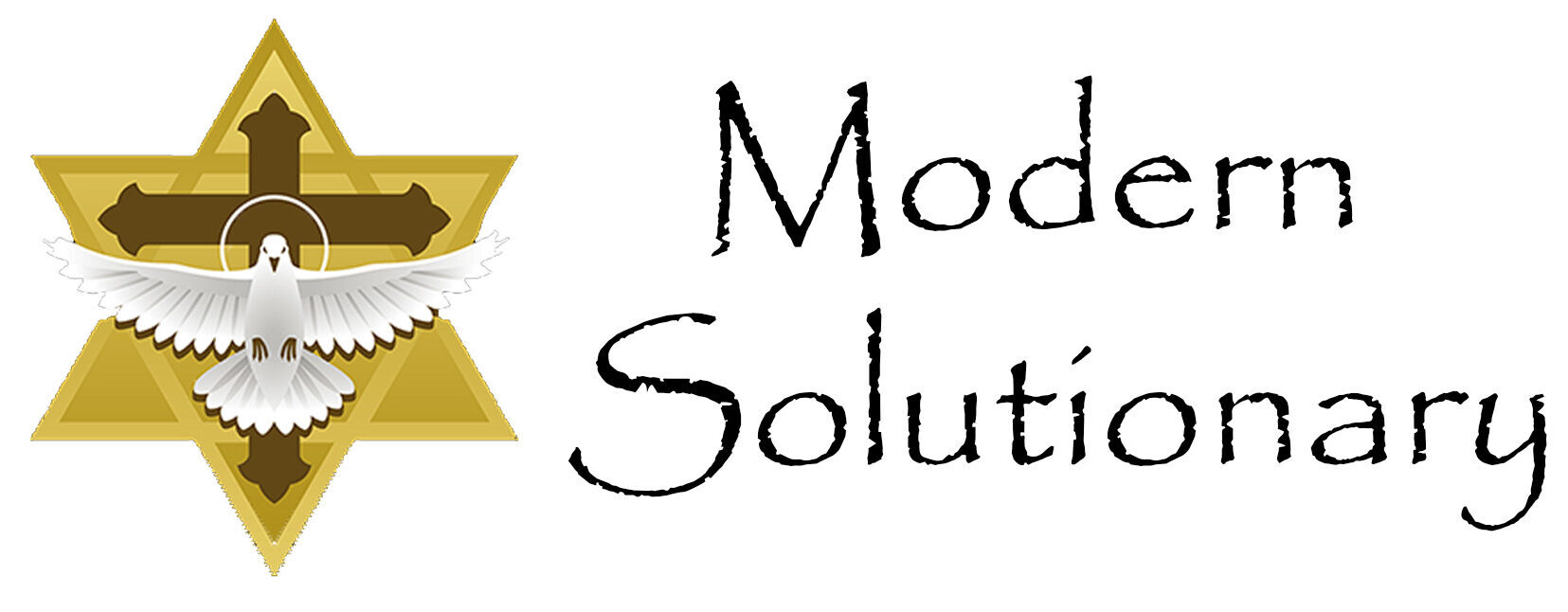Communication is an essential aspect of human interaction and shapes our connections, expressions, and understanding. There are only three types of human communication: Verbal, Non-Verbal, and Visual. Verbal communication involves spoken words, including face-to-face talks, phone calls, and public speaking. Non-verbal communication includes body movements, eye contact, and personal space, as well as brail or touching sensing. Visual communication uses text, symbols, images, videos, and graphics, providing a record and asynchronous communication.
In storytelling, these three types of communication are important because they help the storyteller convey their message more effectively. Verbal communication helps the storyteller to express their thoughts and emotions through spoken words. Non-verbal communication, such as facial expressions and body language, can help to emphasize the story’s emotional content and make it more engaging. Visual communication can be used to provide a written record of the story, which can be shared with others and can be used to create images that help to illustrate the story, making it even more memorable.
In summary, the three types of communication are essential in storytelling because they help the storyteller to convey their message more effectively and make it more engaging for the audience.
